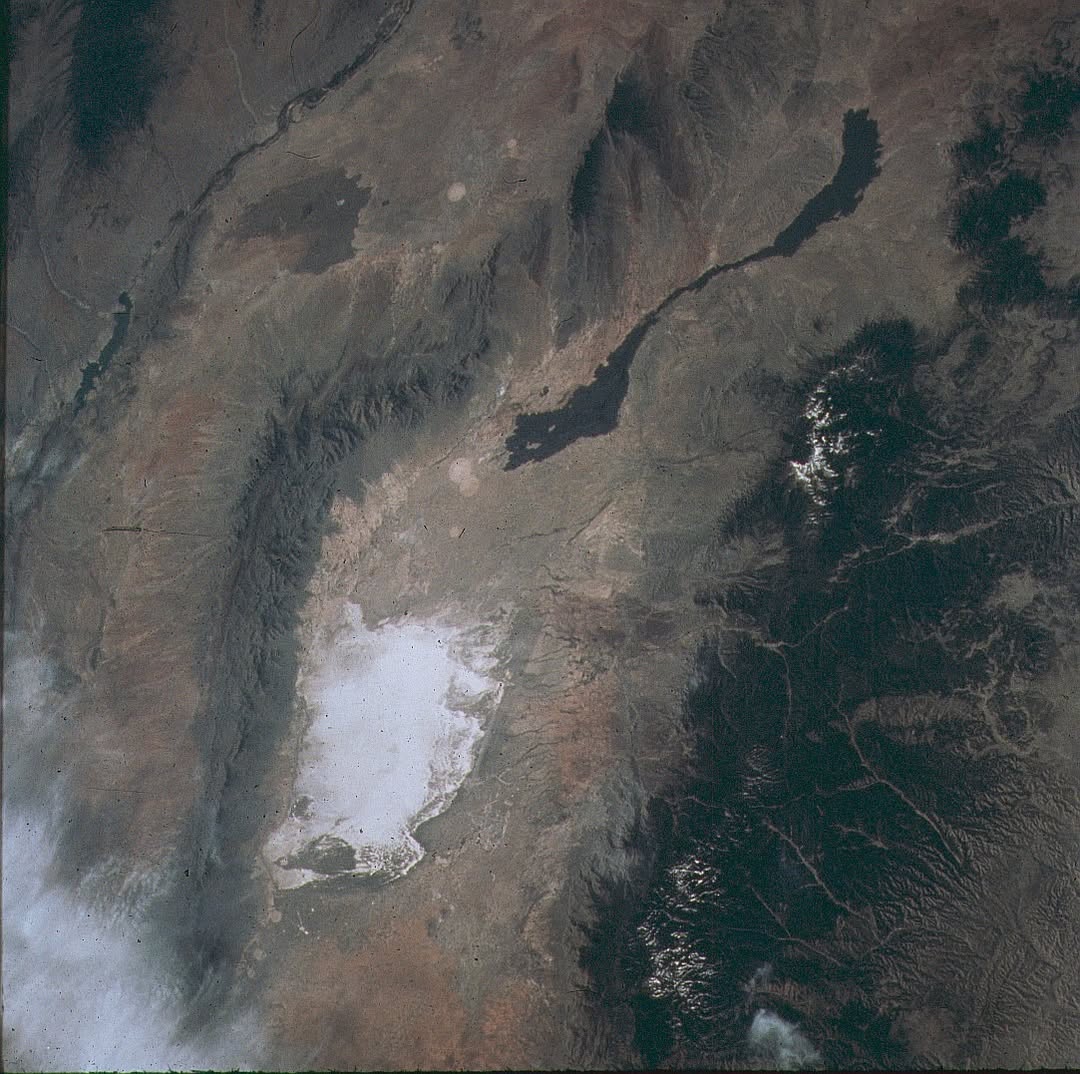-and-
Throughout the dunefield, the water table is a mere 12-36 inches below the surface, and it keeps the dunes at about 99% humidity.
Source: White Sands National Park (via Facebook)
Photo: Courtesy National Parks Service
Our inaugural “No Stupid Questions” post received a great follow-up question that we thought deserved its own post… Marissa asked, “Why is the white sand concentrated to the area the park is in?”

We may be biased, but we think there is nothing stupid about this question! As we covered last week, gypsum sand is extremely rare, and gypsum dunes are even rarer. The Tularosa Basin is home to the only gypsum dunefield of this size because of the convergence of several geographical coincidences. First, an ancient sea deposited massive amounts of gypsum here several hundred million years ago, providing the basic material to form the dunes. Next, tectonic plate movement created the Tularosa Basin, which is a closed basin; picture a bathtub without a drain – once gypsum-infused runoff from the mountains reaches the basin’s low point, there’s nowhere else for it to drain, so it gathers into a seasonal lake or playa. This playa provides a nursery for selenite crystals to grow and then eventually break down into gypsum sand.
Finally, a hidden feature of this incredible landscape provided the final ingredient: a shallow water table! Throughout the dunefield, the water table is a mere 12-36 inches below the surface, and it keeps the dunes at about 99% humidity. The groundwater also acts as an anchor, holding the dunes together and cementing them to the earth. At any given time, only the top couple of inches of sand are dry enough to be picked up and blown away by the wind. It’s this geographic anomaly that allowed 275 square miles of gypsum sand to pile up and stick in the Tularosa Basin.
Hit us with more of your “stupid” questions in the comments and you, too, may be featured in a future edition of No Stupid Questions! Learn more about the park, including the geology and hydrology that make the dunes possible, on our website: https://www.nps.gov/whsa/learn/nature/index.htm





